Death of Comet Lovejoy – Update
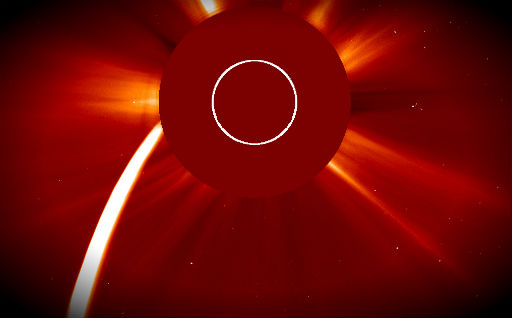
First video of Comet Lovejoy through the AIA telescope on @NASA_SDO


First visual of Comet Lovejoy – watch here
UPDATE: 00:23
SDO has completed the off-point maneuver, is sending the images to the ground. Look for images in few minutes at ow.ly/80YFU
UPDATE 23:22 UTC
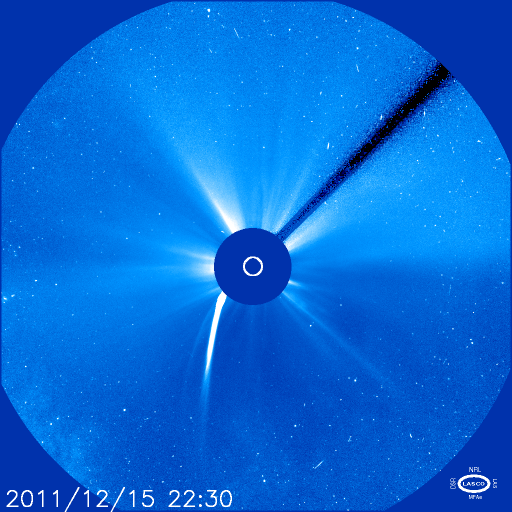
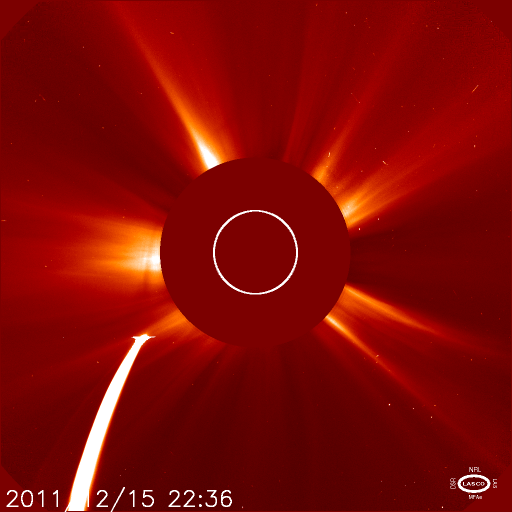
This comet is behaving just like a "typical" SOHO Kreutz comet, but on a much grander scale. The peak brightness was probably in the region of -3 to -4, though we will have to confirm that tomorrow.
A few helpfull links:
- Helioviewer – make your own comet movies
- SOHO's comet page
- SOHO – The Sun Now page
- STEREO's comet page
- STEREO Beacon Data
- STEREO Browse Data 2011-12-15
- STEREO Image Search
UPDATE: 22:50 UTC
As Comet Lovejoy moved toward perihelion this evening SDO was pointed a little to the left of the Sun to try and see the tail of the comet in our telescopes. The Sun will be now on the right side of the window. The comet should move from the lower left corner and go behind the Sun a little above the equator. Images from SDO are available soon after they are observed, but it takes about 30 minutes to move from the spacecraft to computer at Goddard. They plan to off-point at 23:30 UTC (6:30 pm ET) and return to normal solar observing at 12/16 00:30 UTC (7:30 pm ET). We should see images starting by 7 pm ET. This page also includes movies of the comet from a variety of sources.
Stay updated on Sungrazing Comets Tweeter!




Solar wind
speed: 347.6 km/sec
density: 3.2 protons/cm3
X-ray Solar Flares
6-hr max: B3 1816 UT Dec15
24-hr: C3 0000 UT Dec15
The Radio Sun
10.7 cm flux: 132 sfu
Planetary K-index
Now: Kp= 0 quiet
24-hr max: Kp= 0 quiet
Interplanetary Mag. Field
Btotal: 2.9 nT
Bz: 0.3 nT south
————————————
We are now only few hours away from Comet Lovejoy and its perihelion which is scheduled for Dec 16th at 00:30UTC. The comet is now brighter than Jupiter and now all three solar-watching spacecrafts observe the end of billion years old space traveller diving into sun. This is with no doubt, spectacular event. Comet Lovejoy will graze some 120,000km above the solar surface, through the several million degree solar corona and probably completely evaporate.
"As of 16:30 UT on Dec. 15th, Comet Lovejoy has reached magnitude -3, possibly brighter. It is starting to saturate SOHO images even with narrow filters and shorter than normal exposure times." Matthew Knight of the Lowell Observatory and JHU-APL
There are approximately 18 instruments on five different satellites that could witness the event from space. Right now, everyone is rightly focussing on the where Comet Lovejoy is shining brightly on LASCO C3 images and it's starting to show up in the low-resolution versions of the STEREO/SECCHI COR-2 images.
From the perspective of the STEREO-B satellite the comet's path will be very well placed, taking it right across the disk of the Sun as seen by the EUV imagers on STEREO. Now it is entering the domain of the EUV and spectroscopic imagers on STEREO, SDO, Hinode and Proba. STEREO observations are available in realtime in low-resolution but you will need to wait for a couple of days for the full-res images. SDO are planning to release the best realtime images they can, and will later on be publishing the url for where you can watch their off-point activities live!
GROUNDWATCH OBSERVING TIPS
Here on Earth we are awaiting opportunity to see it with naked eye if it brightens enough just right before it dive.While Lovejoy will reach its brightest stage around the time it's sweeping closest to the sun, it will be so close to the blindingly bright disc of the sun that there is a very real danger that inexperienced observers using binoculars or telescopes to locate the comet could accidentally end up getting a quick glance at the sun and wreck their eyesight for a long time, if not forever. Thus, searching for Lovejoy is definitely not recommended around that time.
But on Friday morning, there is a chance — albeit a very small chance, since it will be dependent on Lovejoy surviving its fiery brush with the sun — that it might show itself around sunrise. From North America, depending on your location, the comet will rise approximately 5 to 10 minutes before sunrise and will be situated to the upper right of the sun. If it is still intact, and shining as bright as, or brighter than Venus, then there is a chance that the comet might be visible. After the sun comes up, you might still try to see the comet, but again, use extreme caution.
Try to block the rising sun behind a distant building and concentrate on the part of the sky about 3 to 4 degrees above and to its right (your clenched fist held at arm's length is equal to roughly 10 degrees). But Comet Lovejoy will likely either be too faint, or will have completely disintegrated after its suicidal plunge near the sun hours earlier.




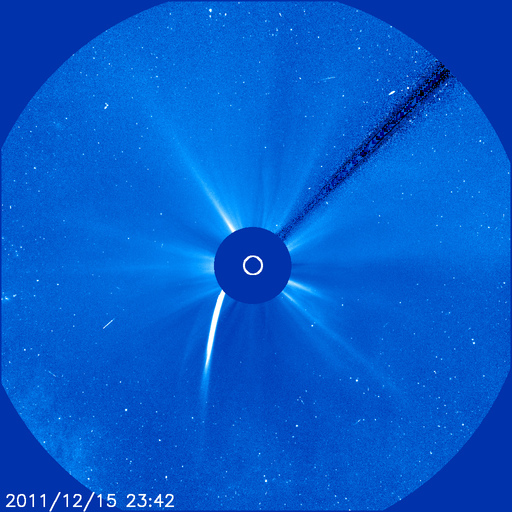
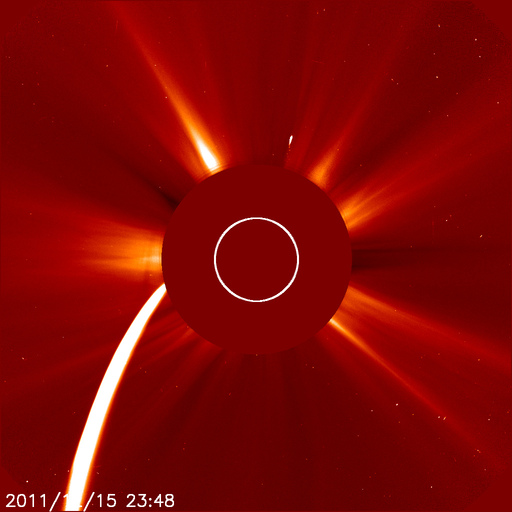
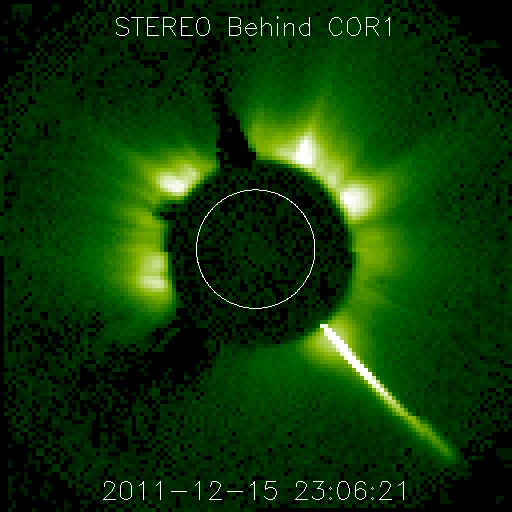
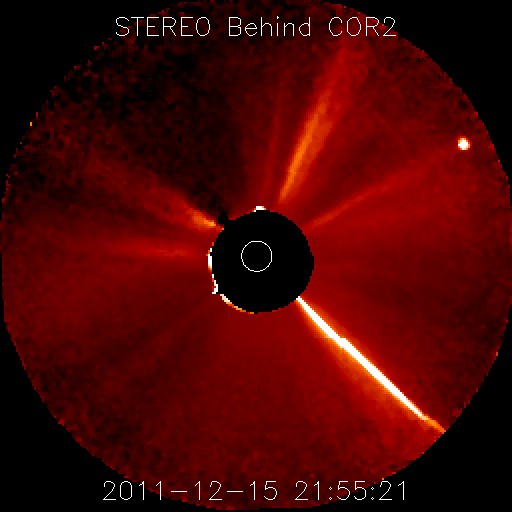
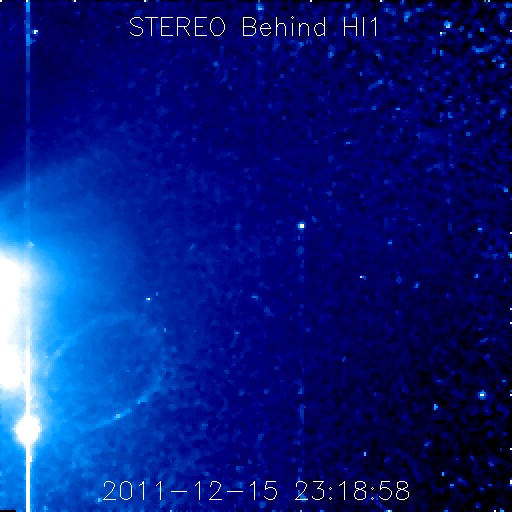

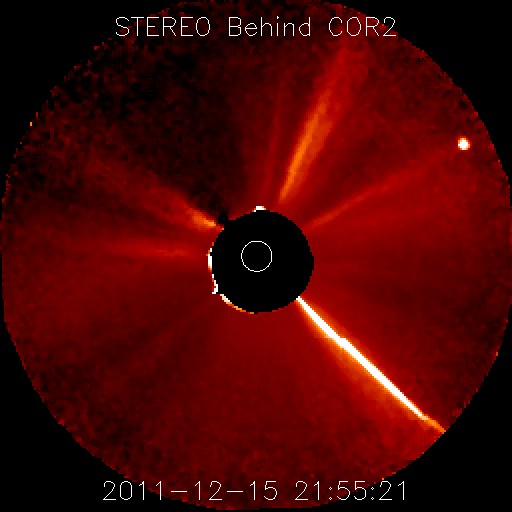
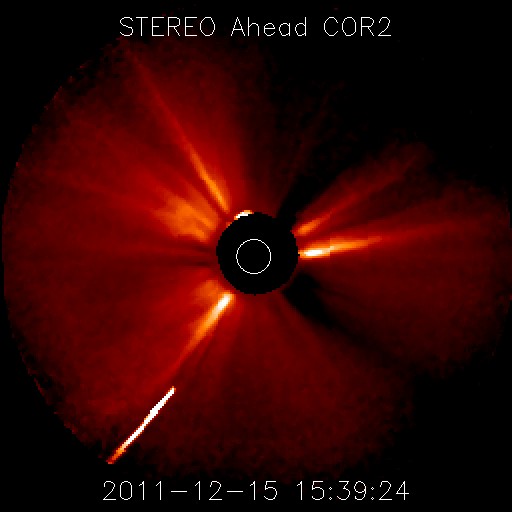
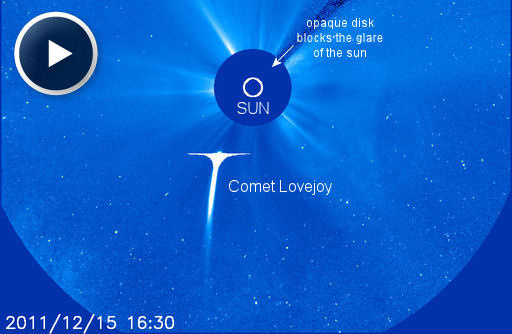
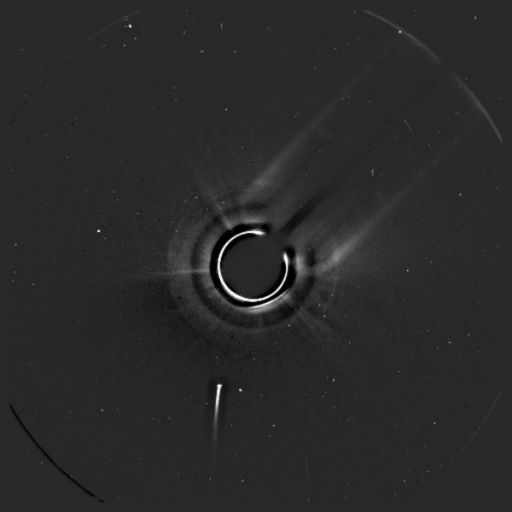
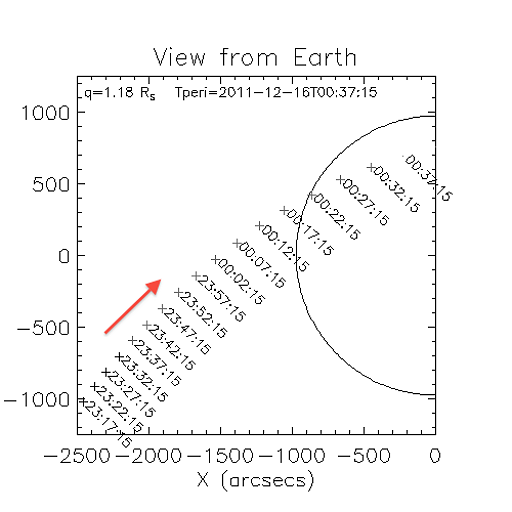
Ojala lo podamos ver porque se ve bienchingon que va star